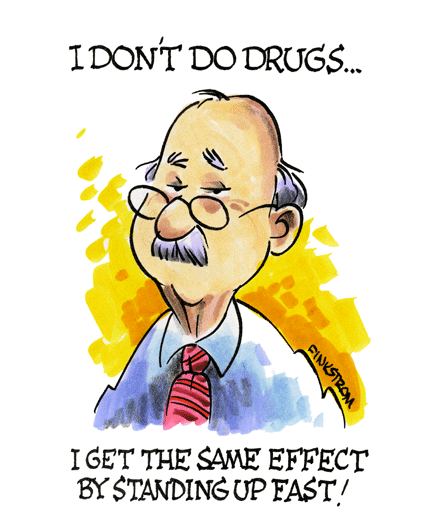Marijuana
Marijuana has a long history of controversy throughout the world. On the one hand, there is scientific evidence of potentially beneficial medicinal effects for treating various illnesses; on the other hand, documented evidence points out some harmful effects when used for recreation and without medical justification.
Marijuana Uses
In 1937, the US government banned the cultivation of the cannabis plant from which marijuana is grown, and classified it as a Class I narcotic. Prior to its prohibition, however, this herb was used for treating such ailments as cholera, rheumatism, asthma, insomnia, bronchitis and whooping cough, among others. In more recent years, however, there has been a state-by-state effort in the US to legalize its use for medicinal purposes, based upon medical research supporting its potential for treating cancer patients (relieving pain and the nausea effects of chemotherapy), AIDS patients (stimulating appetite), glaucoma (reducing inter-ocular pressure in the eye), and epilepsy (anti-convulsive action).
As boomers, we may recall the harmful effects of "grass" more readily. When smoked, it produces more tars and other particulates than tobacco smoke from cigarettes. In addition, its active ingredients go immediately into the bloodstream and can increase the rate of heartbeats, in turn in- creasing the likelihood of heart attack in those with pre-existing heart conditions. Other potential effects include paranoia and psychic decline, impaired ability to drive (for several hours after ingestion), laryngitis, chronic sinus infections and some allergic reactions. It can also disguise the effects of other substances if used with them simultaneously, such as alcohol and other narcotic drugs.

And so, as we continue to age, it’s our generation in particular that may well be tempted to start using (or resume using) drugs of comfort such as this. Survey results from the US Substance Abuse and Mental Health Services Administration indicate that the number of people age 50 and over reporting they had used this drug in the previous year jumped from 1.9% in 2002 to 2.9% in 2008. The biggest jump was the increase among those ages 55-59: from 1.6% in 2002 to 5.1% in 2008.
Some may rationalize its use as an effective pain reliever, a harmless recreational pastime, or a necessary enhancement to older years. While a growing number of states around the country currently have medical legalization laws on their books, doctors still caution that non-prescribed regular use causes cognitive impairment, increased risk of heart disease, and can exacerbate existing health problems. Some advise that there are other safe and effective means to achieve the same results.
Perhaps the bottom line is that any use of this drug comes down to a very careful evaluation of our own circumstances, based upon our doctor's advice. As medical research proceeds, the caution here is for what happens when the hoped-for relief no longer satisfies us the way we want. Like other temptations and addictions, it may prompt us to seek other remedies - stronger, faster and perhaps more hazardous. Deep down, we know that recreational use of any drug has never been a part of a healthy lifestyle. And it’s certainly not the message we want to send to our children and their families.
- Home ›
- Health Tips ›
- Marijuana
